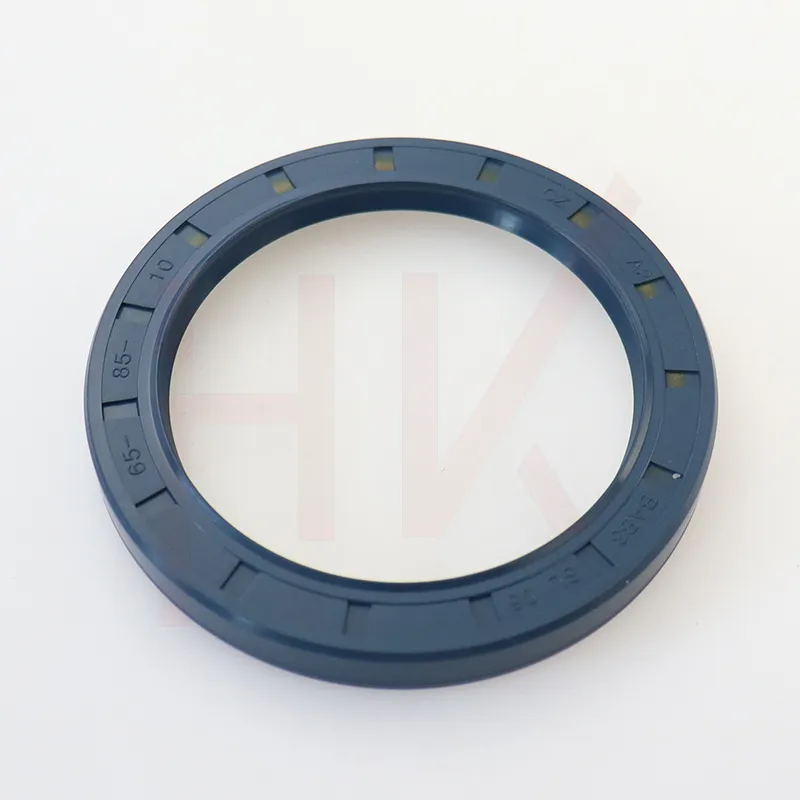سېنتەبىر . 11, 2024 03:01 Back to list
Replacing Seals in Hydraulic Cylinders - Complete Guide
Replacing Seals in Hydraulic Cylinders A Comprehensive Guide
Hydraulic cylinders are essential components in various machines and equipment, providing the necessary force to perform tasks in construction, manufacturing, and transportation. Over time, the seals within these cylinders can wear out, leading to leaks and reduced efficiency. Replacing these seals is vital for maintaining the performance and longevity of hydraulic systems.
Understanding the Function of Seals
Seals in hydraulic cylinders serve to prevent hydraulic fluid from leaking out of the cylinder and contaminants from entering. They create a tight barrier that maintains pressure and ensures the smooth operation of the piston. The most common types of seals are O-rings, rod seals, and piston seals, each designed for specific functions and locations within the cylinder.
Signs of Worn Seals
Recognizing the signs of worn seals is crucial for timely replacement. Common indicators include visible leaks, reduced force output, and the presence of contaminants in the hydraulic fluid. If the cylinder exhibits jerky or unstable movement, it may also signal compromised seals. Addressing these issues promptly can prevent further damage to the hydraulic system.
The Replacement Process
1. Preparation Start by gathering the necessary tools and replacement seals. Ensure that you have a clean workspace to avoid contamination during the replacement process.
replacing seals hydraulic cylinder

2. Disassembly Carefully disassemble the hydraulic cylinder. This oftentimes requires removing the end caps and taking out the piston. Take note of the assembly order and orientation of each part for easy reassembly.
3. Seal Removal Gently remove old seals from the cylinder and piston. Be cautious not to scratch the surfaces, as this can lead to premature seal failure after reinstallation.
4. Clean the Components Thoroughly clean all parts of the cylinder and piston to remove any debris or residual fluid. This step is critical for ensuring a proper seal.
5. Install New Seals Carefully install the new seals, ensuring they are seated correctly without twists or gaps. Use a suitable lubricant to assist in the installation and help reduce friction during operation.
6. Reassemble the Cylinder Once the seals are in place, reassemble the hydraulic cylinder in the reverse order of disassembly. Ensure all connections are secure to prevent leaks.
7. Testing After reassembly, test the hydraulic cylinder under pressure to ensure there are no leaks and that it operates smoothly.
Conclusion
Replacing seals in hydraulic cylinders is a straightforward yet essential task that can significantly extend the life of your equipment. Regular maintenance and timely replacement of worn seals will ensure optimal functionality, reduce downtime, and maintain efficiency in hydraulic systems. Always refer to the manufacturer’s specifications and guidelines for the best results.
-
TCN Oil Seal Metal Ring Reinforcement for Heavy Machinery
NewsJul.25,2025
-
Rotary Lip Seal Spring-Loaded Design for High-Speed Applications
NewsJul.25,2025
-
Hydraulic Cylinder Seals Polyurethane Material for High-Impact Jobs
NewsJul.25,2025
-
High Pressure Oil Seal Polyurethane Coating Wear Resistance
NewsJul.25,2025
-
Dust Proof Seal Double Lip Design for Construction Equipment
NewsJul.25,2025
-
Hub Seal Polyurethane Wear Resistance in Agricultural Vehicles
NewsJul.25,2025
-
The Trans-formative Journey of Wheel Hub Oil Seals
NewsJun.06,2025
Products categories
















